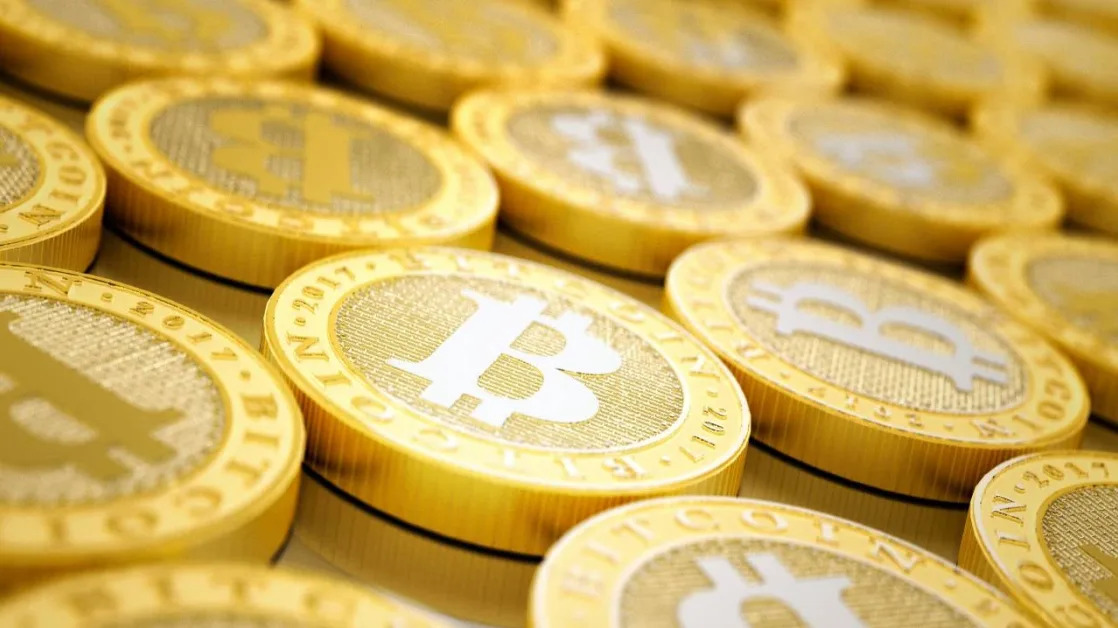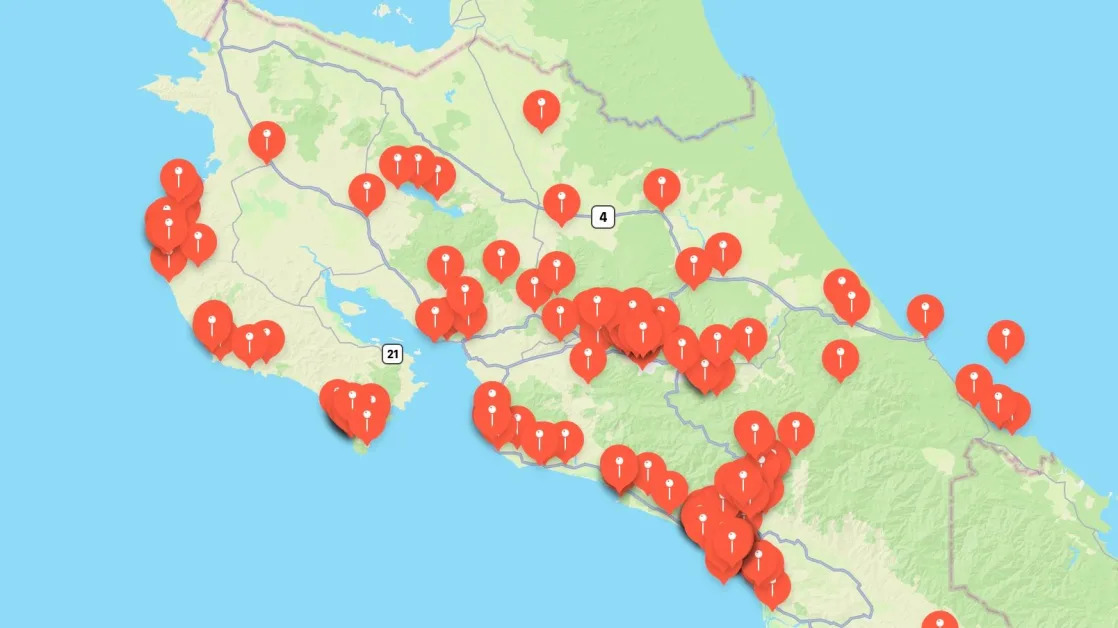(Bloomberg) -- Federal Reserve Bank of Richmond President Tom Barkin said there are still upside risks to inflation and growth, underscoring his preference to keep interest rates restrictive for longer.
While Barkin said he believes the central bank’s current level of rates is restraining the economy enough to continue lowering inflation in 2025, he remains wary of potential price pressures.
“I think there is more upside risk than downside risk,” Barkin said Friday to reporters following prepared remarks in Linthicum Heights, Maryland. “So I put myself in the camp of wanting to stay restricted for longer.”
Barkin, who voted in favor of a quarter-point reduction in the benchmark lending rate on Dec. 18, said strong spending, consumer pushback on high prices and higher productivity from the labor force “has landed the economy in a good place.”
“Inflation is not yet back to target, so we still have more work to do, but we don’t think we need to be nearly as restrictive as we once were to finish that job,” he said.
He said he remains relatively optimistic about so-called core inflation, a key gauge of underlying price pressures that strips out energy and food costs. Barkin added, however, there are things on the horizon that could change that picture.
President-elect Donald Trump has proposed a series of plans for his tenure, including fresh tariffs. Barkin said it is very hard to know if businesses will pass along any potential new levies through higher prices.
“Wage and product costs could see pressure,” Barkin said. “If they do, given recent experience with inflation, price-setters might have more courage to pass costs along.”
Over the past year, US economic growth has been stronger and inflation slightly higher than officials had predicted.
The Fed’s preferred inflation gauge rose 2.4% for the year ending in November. The price measure has been consistently above the Fed’s 2% target since early 2021. Fed officials are trying to manage inflation lower without damaging the labor market.
Labor Market
Demand for labor has cooled but hiring remains solid with employers adding 227,000 jobs in November. The unemployment rate rose slightly to 4.2% and has been in a range of 4% to 4.3% since May.
Barkin noted he continues to see few layoffs and a more moderate pace of hiring. But he remains optimistic.
He said he expects more upside instead of downside surprises for economic growth, and the current labor market equilibrium is “more likely to break toward hiring than toward firing.”
The Fed has lowered rates by a full percentage point in three moves since September. Chair Jerome Powell called the most recent move a “closer call,” adding that the federal funds rate was “now significantly less restrictive.” It currently sits in a range of 4.25% to 4.5%.
“We can therefore be more cautious as we consider further adjustments to our policy rate,” Powell said at his Dec. 18 press conference.
Fed officials’ interest-rate forecasts for this year show a median estimate of just two more cuts this year. Four officials preferred not to cut at all in December. Cleveland Fed President Beth Hammack dissented against the decision in favor of holding rates steady.
(Updates with additional comments from Barkin to reporters.)






